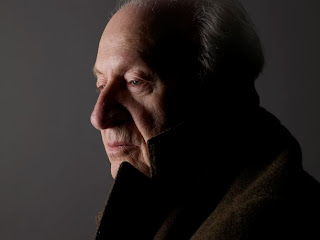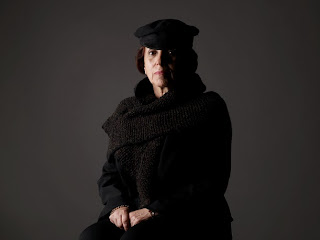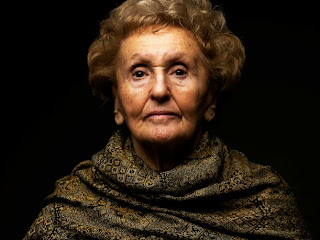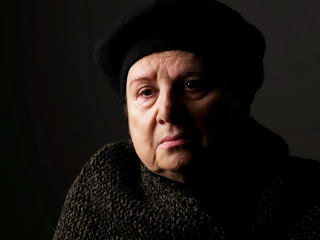
Charles Bedzow was born Chonon Bedzowski on September 28, 1924 in the town of Lida, located in present-day Belarus. Once the Germans occupied Lida, Charles and his family were stuffed into an overcrowded, disease ridden ghetto within the town. He and his family suffered under the constant threat of starvation in the gradually worsening conditions. In the spring of 1942, he watched as his fellow townspeople were methodically slaughtered, but by a miracle, his immediate family was spared.
Fortunately, partisan leader Tuvia Bielski was a family friend to the Bedzowski family as the two families had been close before the war. After the occupation, Tuvia sent a message to the Bedzowski family – the message urged them to escape the liquidation of the ghetto by fleeing into the nearby woods, where the Bielskis had set up camp after the liquidation of their own village. Charles escaped to the woods and joined the Bielski Brigade. Because the Bielski camp allowed refugees regardless of their age or gender, Charles was joined by his mother, Chasia, his older sister Leah, younger sister Sonia, and younger brother Benny. Almost the entire family survived the Holocaust – an extreme rarity.
The Bedzowski family’s escape into the woods was complex and extremely dangerous. They traversed the treacherous landscape, crawled under fences and walked through the woods for two days, exhausted. Charles reported his thoughts upon arriving at the Bielski camp: “This must be one of the few places in all of Europe where Jews can move in total freedom.”
Despite the fact that like many partisans, Charles was only 17 when he entered the Bielski Brigade, he was quickly entrusted with dangerous work. His missions included the gathering of supplies for the group, scouting, sabotaging German efforts, and participating in ambushes. One such ambush occurred on January 28, 1944. A group of Bielski partisans went to a local village, pretending to be drunk. Their raucous noise alerted the locals, who notified the Germans nearby. 150 partisans lay in wait for the Germans, and they killed 26 policemen and eight Nazi officers during the ambush.
Unfortunately, the Bedzowski family’s participation in the partisan movement was not without a price. On one of her missions to bring medicine and Jews to the brigade from a nearby ghetto, Charles’s sister, Sonia, was caught by enemy forces and sent to the Treblinka death camp, where she died.
Following the war, the remaining members of the Bedzowski family wound up in a displaced persons camp in Torino, Italy. Charles married a fellow partisan from Poland, Sara Golcman, in 1946. In 1949 he and his family emigrated to Montreal, Canada, where he started a successful international real estate firm. Charles and Sara had three children; his surviving brother and sister went on to raise families of their own, and his mother, Chasia, not only survived the war, but went on to live with Charles until her death in 2000.
Charles was JPEF’s Honorary International Chairman. His story is featured in We Fought Back, an anthology of partisan stories from Scholastic publishing. Visit www.jewishpartisans.org for more about Charles Bedzow, including three videos of him reflecting on his time as a partisan. Visit jewishpartisans.org/defiance to see JPEF’s short documentary films and educational materials on the Bielski partisans.























